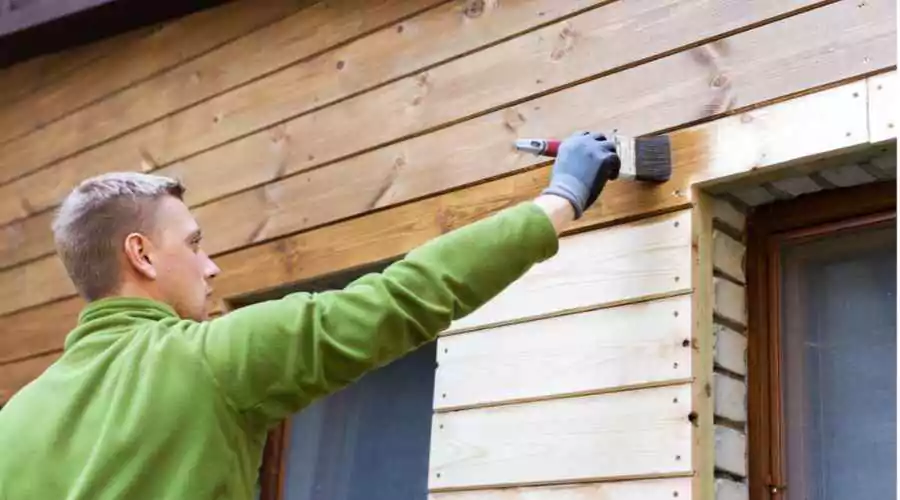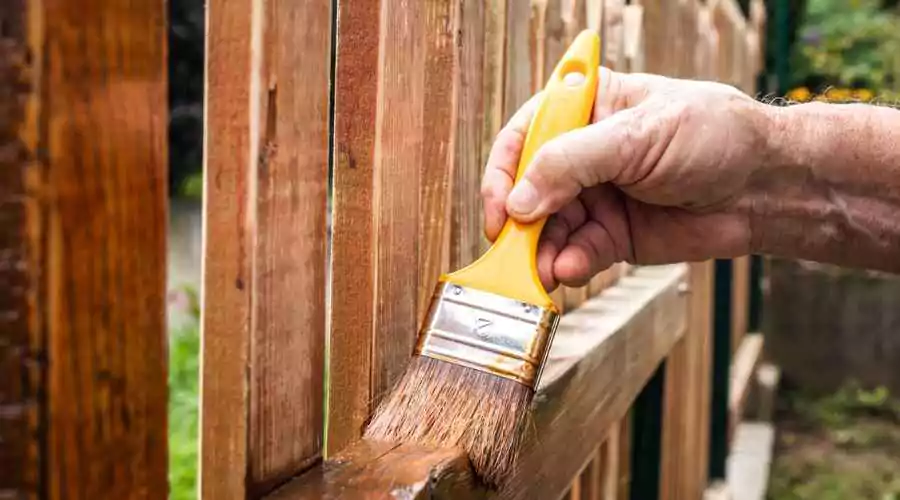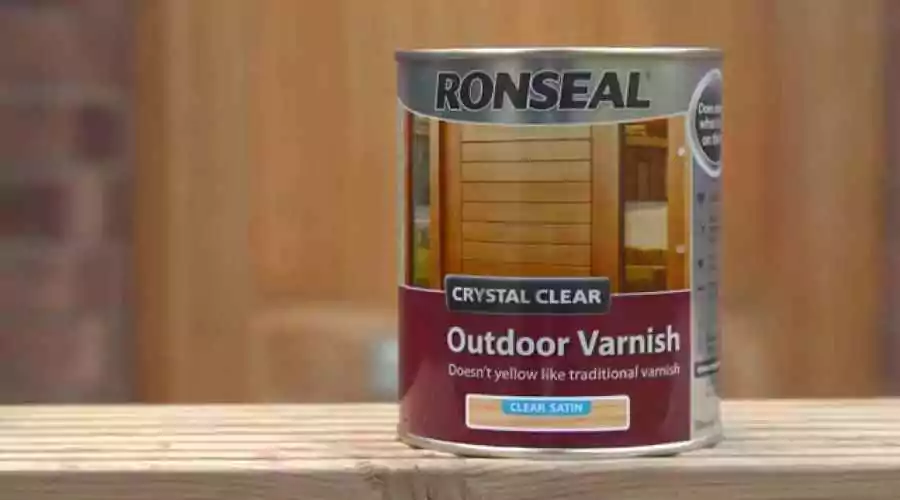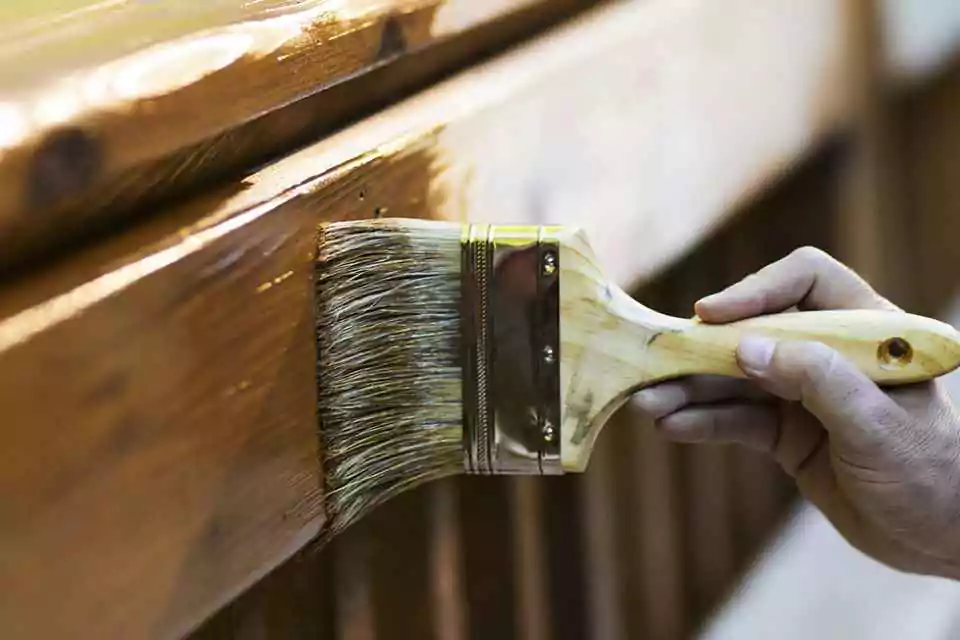Outdoor wood is exposed to sun, wind, rain, and other weather conditions that can cause it to deteriorate over time. Painting outdoor wood helps protect it from these elements and extends its lifespan. Painting outdoor wood can improve its appearance and make it look more attractive. You can choose from a wide range of colours to match your home’s exterior or create a unique look.
When it comes to outdoor wood paint, you want a product that is durable, weather-resistant, and provides long-lasting protection for your wood surfaces. We frequently consider how paints and other finishes are used on the interior or exterior of our homes, but paint can also be used to augment and decorate garden structures, features, and decorations. This article explores the many applications of paint on wood.
Reasons to paint outdoor wood
Although outdoor wood paint may have an aesthetic appeal and organic visual appeal, invertebrates, fungi, and mould quickly attack it, causing it to quickly deteriorate into an ugly-looking and architecturally unsound state. Sunlight’s ultraviolet (UV) rays strike the exterior of wood, killing the plant material and leaving a layer of dead cells that are grey in colour. There are several well-known treatment options that offer protection to the outdoor wood paint while maintaining a clear finish, like oils that “feed” the wood; consider replacing the natural oils lost to weather-related bleaching.
Wood can be protected from physical damage and such weathering by applying a varnish, which frequently brings out the natural beauty of the wood. Climate aggressions (UV, bad weather) can damage outdoor wood (cladding, patio furniture, and shutters). Without treatment, the wood will begin to degrade (deformation, swelling, cracks). You can shield them with outdoor wood paint to stop this. Along with providing protection, paint gives you the option to colour your home and give it a distinct look.
Choosing the right wood paint
Acrylic exterior wood paints
These are water-based and best for outdoor paint and safe for the environment. and the user, including Exterior Wood Paint PBE900 or Exterior Wood White Paint BLE900. They are the wood paints that are least harmful to the environment. They don’t release organic compounds that are volatile while being applied or drying. It also provides excellent UV protection to prevent the wood from fading and cracking.
Oil-based glycerol paints

These are used on outdoor wood. They provide the highest level of UV protection, weather, and mould opposition. They take a long time to dry and have a bad smell, but they are also watered down with white spirits. These outdoor wood paints are not neutral because they generate volatile organic compounds. These paints cause the most pollution. Since glycerol paints are not microporous, they are more likely to flake over time. The white spirit must be used to clean tools. If you want to strip these paints, it will be most challenging to do so because they have the strongest hold.
Stain

Stain is a popular choice for outdoor wood surfaces because it allows the natural grain of the wood to show through while providing a protective coating. Stain comes in a variety of colours and can be either oil-based or water-based.
Varnish

Varnish is a clear coating that can be applied over paint or stain to provide additional protection against weather damage. It is a good choice for high-traffic areas and surfaces that are exposed to harsh weather conditions.
Application of paints
Layering wood paints in the direction of the wood fibres is the best process. For a better result, evenly paint the exterior wood. The paints in Anova Wood, like Exterior Wood Paint PBE900, are known for their reliability and are created using complex formulas. It is possible to apply them without an undercoat.
When the climate is too rainy, avoid outdoor wood painting. Technically speaking, the wood’s moisture content shouldn’t be higher than 17%. A favourable climate will help to prevent issues with product bonding all through application and make sure that drying will be as efficient as possible.
Conclusion
When choosing outdoor wood paint, consider the type of wood you are painting, the climate in your area, and the level of durability you require. Always follow the manufacturer’s instructions for application and maintenance to ensure the best results. Overall, painting outdoor wood is a smart investment that can improve the look of your home, protect your wood surfaces, and increase its value. For more information, visit Celebzero.






